Myths about teaching can hold you back


- Year 7


- Year 7
Reflecting objects
I can reflect objects using a range of lines of reflection
These resources were made for remote use during the pandemic, not classroom teaching.
Switch to our new teaching resources now - designed by teachers and leading subject experts, and tested in classrooms.
Lesson details
Key learning points
- The line of reflection may go through part of the object.
- The line of reflection may not touch the object.
- Tracing paper can be a useful tool for performing reflections.
Keywords
Line of reflection - The line of reflection is the line about which an object is reflected. The object and image are equidistant from the line of reflection.
Common misconception
Diagonal reflections that incorrectly look like rotations or translations of the object.
False reflections that look like this are due to students not counting diagonals of grid squares, perpendicular to the mirror line.
To help you plan your year 7 maths lesson on: Reflecting objects, download all teaching resources for free and adapt to suit your pupils' needs...
To help you plan your year 7 maths lesson on: Reflecting objects, download all teaching resources for free and adapt to suit your pupils' needs.
The starter quiz will activate and check your pupils' prior knowledge, with versions available both with and without answers in PDF format.
We use learning cycles to break down learning into key concepts or ideas linked to the learning outcome. Each learning cycle features explanations with checks for understanding and practice tasks with feedback. All of this is found in our slide decks, ready for you to download and edit. The practice tasks are also available as printable worksheets and some lessons have additional materials with extra material you might need for teaching the lesson.
The assessment exit quiz will test your pupils' understanding of the key learning points.
Our video is a tool for planning, showing how other teachers might teach the lesson, offering helpful tips, modelled explanations and inspiration for your own delivery in the classroom. Plus, you can set it as homework or revision for pupils and keep their learning on track by sharing an online pupil version of this lesson.
Explore more key stage 3 maths lessons from the Transformations unit, dive into the full secondary maths curriculum, or learn more about lesson planning.

Licence
Prior knowledge starter quiz
6 Questions
Q1.The is equidistant from corresponding points on the object and its reflected image.
Q2.Which of these coordinates is suitable for defining the location of the line of reflection for this reflection?
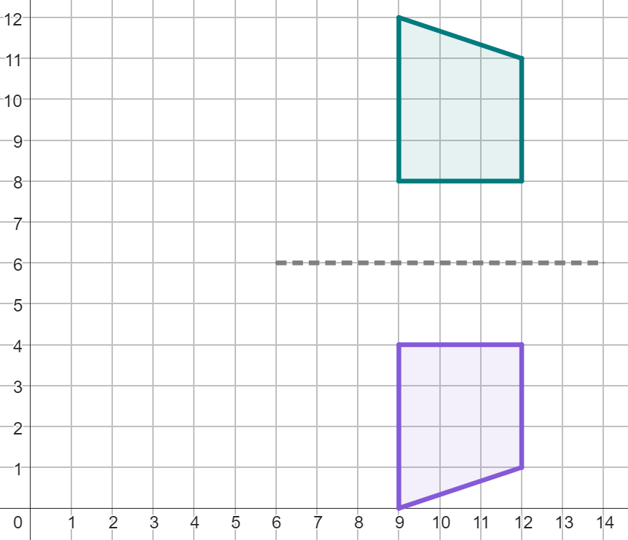
Q3.Complete this sentence for the following description of a reflection: "A __________ reflection with line of reflection passing through the coordinates (9, 0) and (9, 30)"
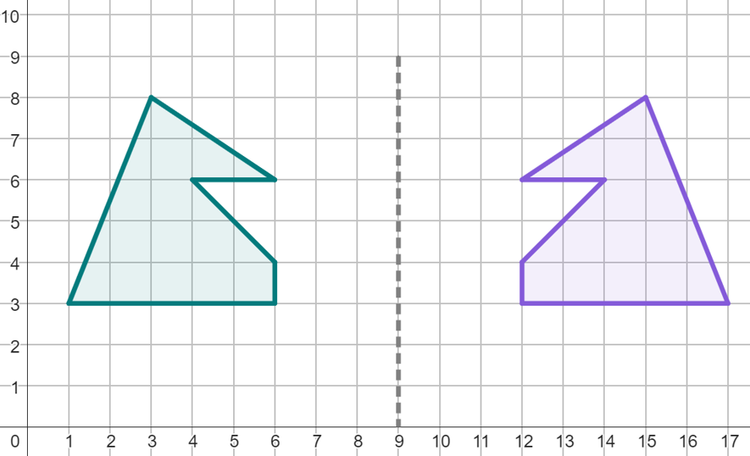
Q4.Which of these coordinates lies on the line of reflection for this example?
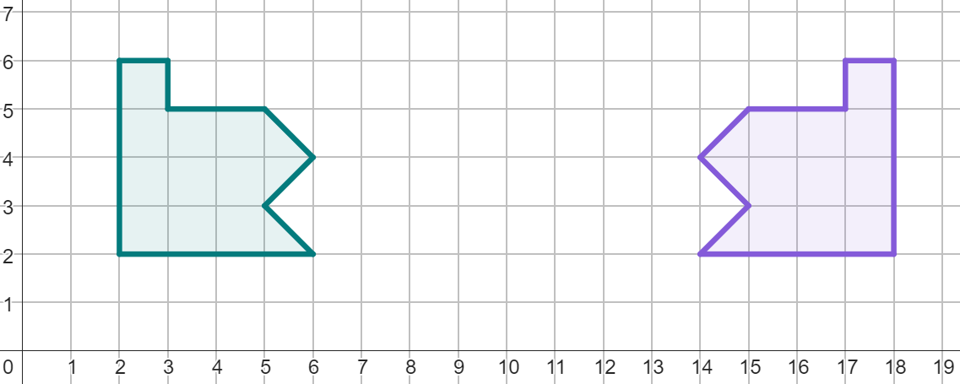
Q5.Which of these statements are valid for describing this reflection?
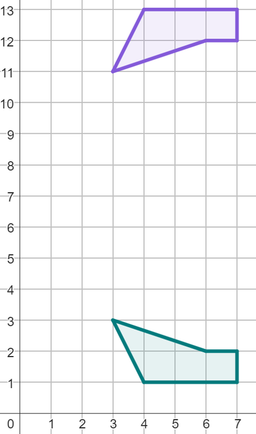
Q6.Which of these coordinates is suitable for defining the location of the line of reflection for this reflection?
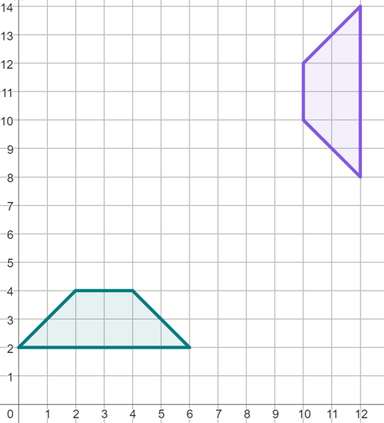
Assessment exit quiz
6 Questions
Q1.Which of these properties change when an object is reflected?
Q2.Which of these things must you draw onto the tracing paper when reflecting using tracing paper?
Q3.Write down the coordinates for the reflection of vertex A in the line of reflection drawn.
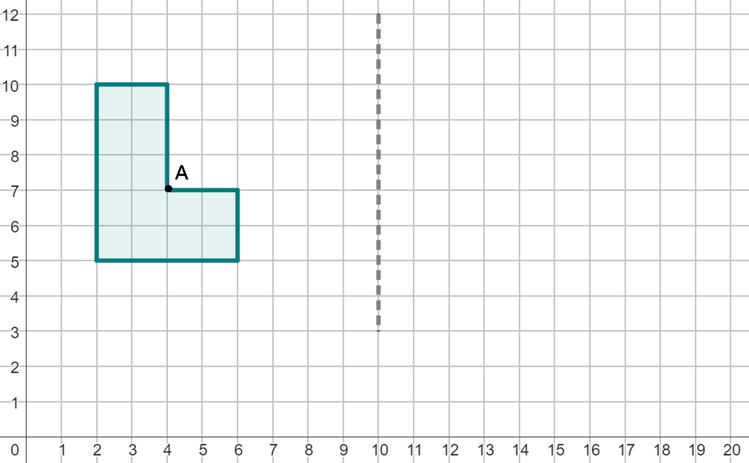
Q4.Write down the coordinates for the reflection of vertex B in the line of reflection drawn.
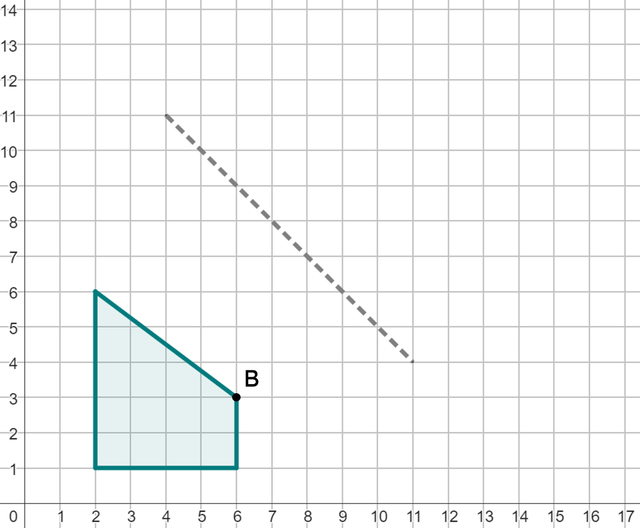
Q5.This object is reflected in a line passing through the coordinates (10, 0) and (10, 5). Write down the coordinates for the reflection of vertex C in the line of reflection.
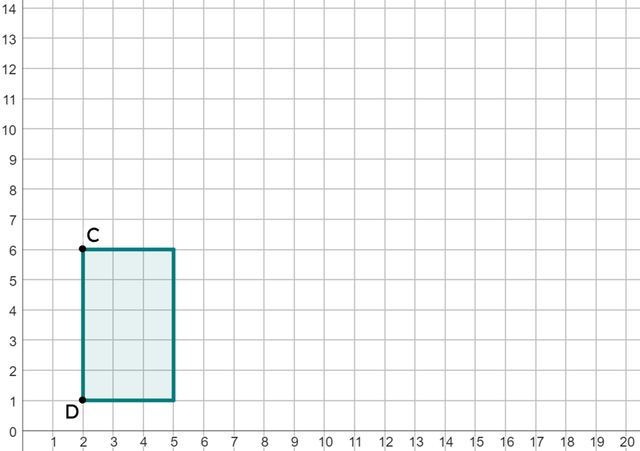
Q6.This object is reflected in a line passing through the coordinates (0, 8) and (5, 3). Write down the coordinates for the reflection of vertex D in the line of reflection.


